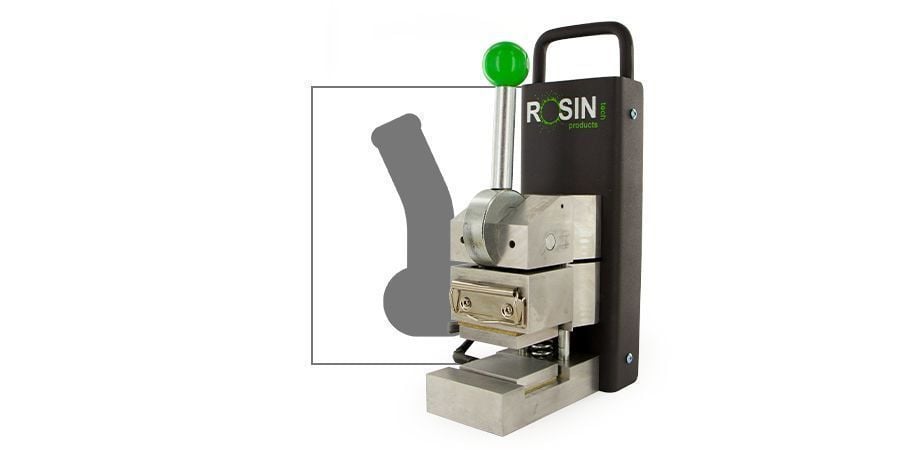
What's The Difference Between Rosin, Resin & Live Resin?
Rosin, resin, and live resin are all the buzz in the cannabis scene right now, but few people know what makes each of them unique. Learn all about the “three R's” of cannabis concentrates!
Once upon a time, your average cannabis aficionado need only take some weed from a bag and pack it in a bong if they wanted to have some toking fun. These days, things have gotten a lot more advanced when it comes to enjoying cannabis. “Serious” cannabis enthusiasts are now getting high from extracts that are so potent they would’ve blown the heads off stoners at Woodstock back in ‘69. People are raving about dabbing and how they get the best kick from concentrates such as rosin, resin, and lately, live resin—but few know the intricacies of their differences.
Potent concentrates of cannabis, such as rosin, resin, and live resin, along with the methods that produce them, are all the buzz in today’s cannabis industry. The problem is, with such innovation and progressive legal reform comes a lot of confusion surrounding these “new” forms of cannabis concentrates—particularly when it comes to the “three R’s”. Let us take a closer look at rosin, resin, and live resin to examine their unique attributes, as well as the properties they share. After all—knowledge is power.
WHAT IS RESIN?
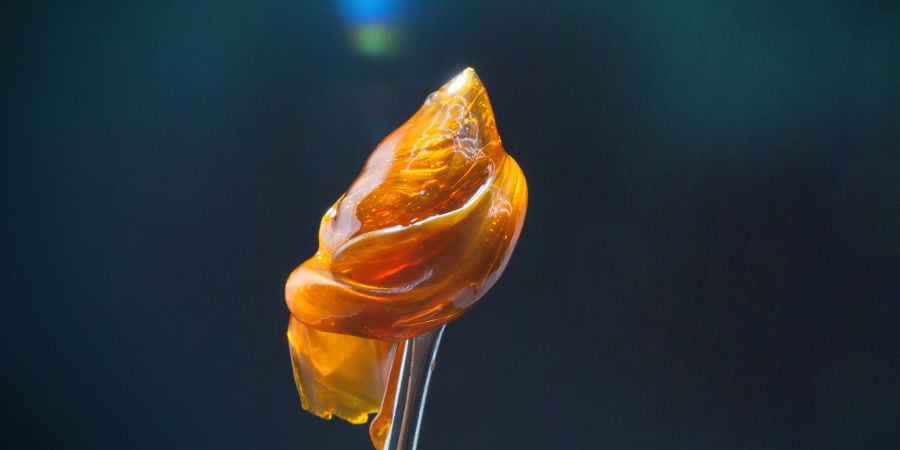
Simply spoken, resin is the sticky stuff that comes from the cannabis plant. It is the aromatic sap produced by the trichomes, tiny hair-like growths on the buds and leaves of cannabis plants. This resin is what contains most of the active compounds (cannabinoids, terpenes) of cannabis, which are responsible for its psychoactive and therapeutic effects.
It is thought that resin, in addition to providing a bounty of compounds for human to enjoy, primarily functions as a natural defence mechanism for the plant. The terpenes contained within are thought to be a natural deterrent to pests both large and small, and the resin itself is believed to protect the active compounds against UV light exposure.
Resin also contains main active cannabinoids THC and CBD, together with dozens of other, less-abundant cannabinoids. The terpenes present, such as the abundant linalool or myrcene, are what constitute the unique flavours and scents of each cannabis strain. Moreover, terpenes are now assumed to contribute to the therapeutic and recreational diversity of cannabis’ effects as well.
All in all, scientists have found several hundred compounds in cannabis that are all believed to play a role in its distinctive effects, taste, and aroma.
One simple form of concentrate made from cannabis resin is hashish. Traditionally, hash is made at harvest-time, where the sticky resin is collected on the hands and then manually rolled into small balls or sticks. This method of hash-making is still widely used in places like Afghanistan and Morocco.
Concentrates with even higher concentrations of the active compounds can be made using more sophisticated and elaborate extraction methods. However, making these highly concentrated forms of cannabis is much more involved than making hash via hand-rubbing. One reason for this is that the compounds in cannabis, especially the aromatic terpenes, are very volatile and can be destroyed by heat and other variables. This also means that any process of making concentrates which involves heat, such as the ever-popular BHO extraction, can potentially decrease its potency and effectiveness.
WHAT IS ROSIN?
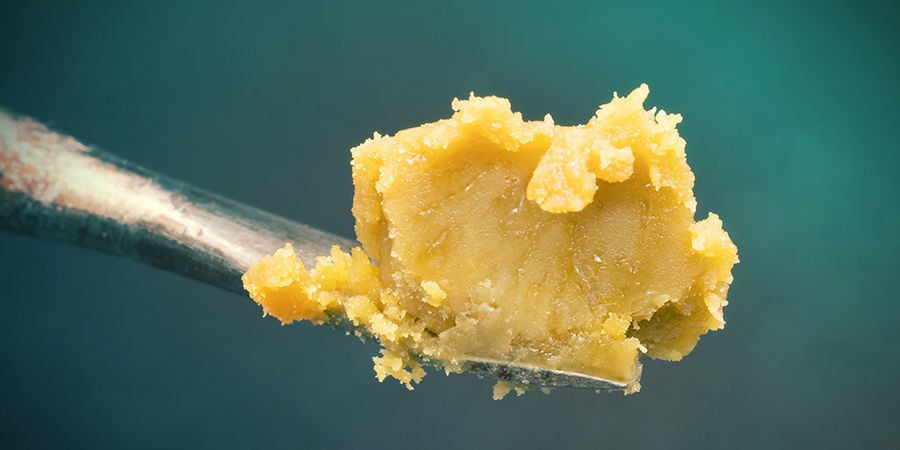
Rosin is the name for a type of cannabis concentrate made famous by a technique called “rosin tech”. As such, “rosin” is sometimes used to describe the process itself. To make rosin, dried and cured cannabis buds are pressed and heated, which releases the resin from the plant matter so it can be collected.
What makes rosin tech stand out from other extraction techniques such as BHO or CO₂ extraction is that it does not use a solvent. Hence, it’s very easy and safe to do, and you don't need any special equipment to do it. BHO extraction is always risky since it involves highly flammable and toxic solvents that can cause explosions if one is not extremely careful. CO₂ extractions are much safer, but they require expensive lab equipment, making this form of extract creation extremely inaccessible to the average home user.
Rosin tech has become highly popular among cannabis enthusiasts since it can be done using a simple hair straightener. An OIL Black Leaf rosin press with adjustable temperatures can give you even better results with better yields to optimise this process fully. Then again, keep in mind that your extracts can only be as good as the strains you use to make them. If you’re using poor-quality weed, you can’t magically make top-quality extracts from it.
To make rosin, you apply pressure using the rosin press or hair straightener for a few seconds until the plant releases an oil of a golden colour. You can press the rosin concentrate over a piece of parchment paper and collect it with a spatula or similar tool. Although it may require some practice before you perfect it, the process itself is pretty straightforward. Some dispensaries have also started offering rosin presses right in their shop so you can make rosin from your buds right there.
WHAT IS LIVE RESIN?
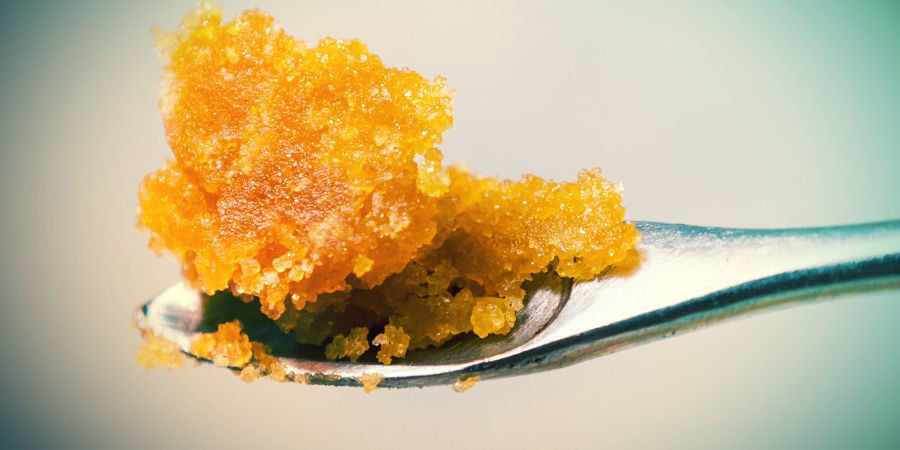
As previously mentioned, traditional cannabis extraction methods such as BHO and CO₂ have downsides. Aside from the extensive equipment and experienced technicians required, the severity of these methods can result in a suboptimal final product. Terpenes in particular, but also cannabinoids, can be destroyed or degraded, compromising a certain percentage of the active compounds left when the product is finished.
For instance, CO₂ extraction may be safer and “cleaner” than BHO, but the process often destroys a good percentage of the terpenes. On the other hand, BHO may produce products of greater potency, but the toxic solvents and dangerous processes associated with this method have always been a concern.
For these reasons, commercial cannabis concentrate creators are always looking for new extraction methods that can preserve the desired constituents while making the process more efficient. Enter live resin. Live resin is a new form of cannabis extract that involves cryogenically freezing the buds post-harvest, before they have had a chance to dry and cure.
Unlike other extraction methods, live resin preserves the vast majority of active compounds, resulting in concentrates with a fuller aroma, higher potency, and greater therapeutic potential. Moreover, since live resin is produced from freshly harvested plants, there is no need for drying and curing.
The drawback is, cryogenically freezing cannabis down to a subcritical temperature of -180°C requires special machinery and lab equipment, making this method very costly, even more so than CO₂ extraction. Currently, however, live resin is considered to be one of the purest extraction methods available.
RESIN, ROSIN & LIVE RESIN: WHAT ARE THE MAIN DIFFERENCES?
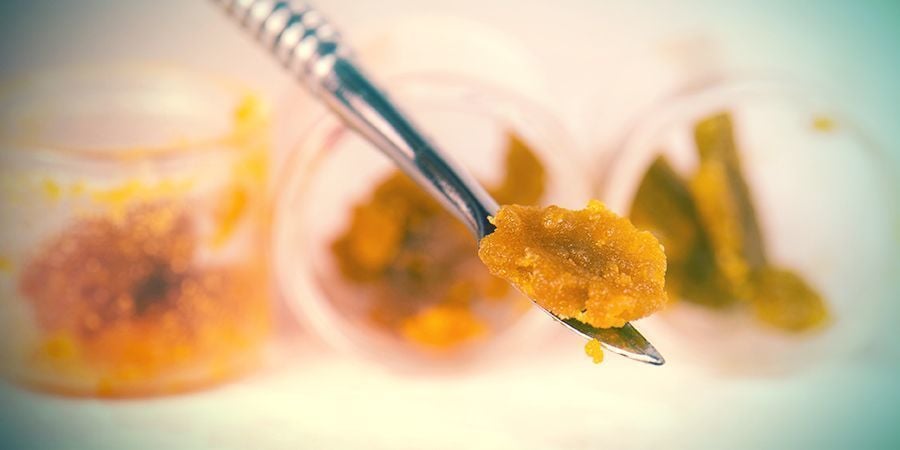
Now that we know what makes resin, rosin, and live resin distinct, we can sum up the differences:
-
Resin is the sticky stuff that can be found on the buds and leaves of cannabis plants. It is the “good stuff” of cannabis that contains all of the active compounds of the plant. You can manually collect the resin from fresh plants to make hand-rubbed hash from it, or you can collect the resin from your dried plants, where it is called kief.
-
Rosin is what you get from your dried and cured cannabis buds when you press and heat them in a process known as “rosin tech”. This is a simple process, and one of the only safe extraction methods you can do at home. You don’t need expensive equipment or toxic solvents to make rosin. A press or hair straightener will do the trick.
-
Live resin is a new commercial extraction method that can produce the purest cannabis extracts, but it requires special equipment. And just like CO₂ extraction, this method can only be conducted in a lab setting.
-
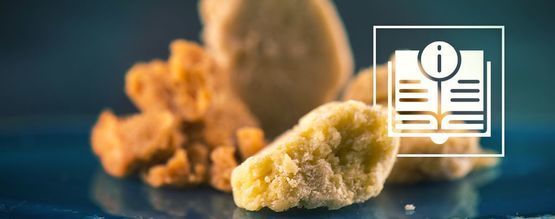 20 min
11 July 2019
The Ultimate Guide To Cannabis Concentrates
Welcome to our comprehensive guide to cannabis concentrates. Cannabis concentrates are products which contain greater concentrations of cannabinoids and terpenes than the raw cannabis flower.
20 min
11 July 2019
The Ultimate Guide To Cannabis Concentrates
Welcome to our comprehensive guide to cannabis concentrates. Cannabis concentrates are products which contain greater concentrations of cannabinoids and terpenes than the raw cannabis flower.
-
 3 min
7 May 2019
Rosin Hash: Easy, Safe and Potent
Rosin Hash is one of the newest cannabis concentrate to hit the community, and there is a lot to like about it. Rosin Hash is can be seen as the new BHO, except unlike BHO, it is easy, safe, and...
3 min
7 May 2019
Rosin Hash: Easy, Safe and Potent
Rosin Hash is one of the newest cannabis concentrate to hit the community, and there is a lot to like about it. Rosin Hash is can be seen as the new BHO, except unlike BHO, it is easy, safe, and...
-
 3 min
15 December 2017
Top 5 Vaporizers For Cannabis Concentrates
Not all vaporizers are created equal. Your choice of vaporizer can be determined by a number of criteria, but one thing to keep in mind when shopping for vapes is its capability to not only handle...
3 min
15 December 2017
Top 5 Vaporizers For Cannabis Concentrates
Not all vaporizers are created equal. Your choice of vaporizer can be determined by a number of criteria, but one thing to keep in mind when shopping for vapes is its capability to not only handle...













 United States
United States

